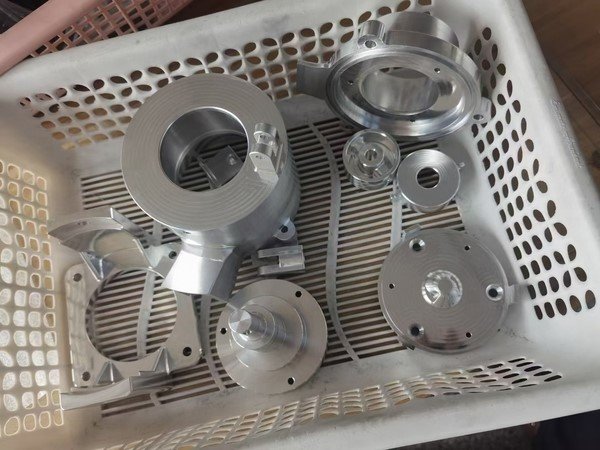How Do High Temperature Alloys Compare to Standard Alloys
Introduction
Welcome to the scorching world of high temperature alloys, where metals don’t just withstand the heat – they thrive in it! Imagine a superhero, but in alloy form, braving temperatures that would make standard alloys melt into a puddle of metallic tears.

High temperature alloys are like the Olympians of the metal world, used in industries where the heat turns up, and ‘average’ just doesn’t cut it. From rocket engines that laugh in the face of extreme temperatures to turbines in power plants that keep the lights on while dancing in a fiery ballet, these alloys are the unsung heroes.
Now, let’s not be too harsh on our good old standard alloys. They’re the reliable friends we’ve all grown up with, handling everyday tasks with a quiet dignity. But when it comes to a showdown at high noon (or high temperatures, in this case), it’s the high temperature alloys that draw the faster, hotter gun.
So, what’s the big deal about these metallic marvels? Buckle up, as we’re about to dive deep into the world of high temperature alloys. We’ll explore how they compare to their cooler cousins, the standard alloys, and uncover the secrets behind their extraordinary abilities. Get ready for a journey into the heart of extreme metallurgy!
Comparison of Properties and Applications
High Temperature Alloys: The Titans of Tolerance
Key Properties:
Thermal Stability: High temperature alloys are the marathon runners in the world of metals, maintaining their structural integrity even in the fiercest heat, unlike standard alloys.
Corrosion Resistance: These alloys are akin to knights in shining armor, resistant to corrosion where standard alloys might succumb to chemical wear.
Strength at High Temperatures: In scenarios where standard alloys buckle under pressure, high temperature alloys showcase remarkable resilience and strength.
Applications: A Diverse and Demanding Realm
Aerospace Industry:
High temperature alloys are critical in manufacturing parts like turbine blades, exhaust systems, and even the outer skin of spacecraft, where extreme temperatures and pressures are the norm.
Automotive Sector:
These alloys find their strength in high-performance engine parts, exhaust systems, and under-the-hood components, offering durability where standard alloys might falter under high thermal stress.
Energy Production:
In energy sectors, especially in power plants, high temperature alloys are used in boilers, heat exchangers, and reactors, where they withstand extreme temperatures and pressures, ensuring operational safety and efficiency.
Medical Field:
High temperature alloys also play a pivotal role in medical equipment, such as in surgical tools and devices that need to endure sterilization processes involving high temperatures.
Manufacturing Industry:
In manufacturing, these alloys are used in high-heat processes like welding and metal casting, offering reliability where standard alloys would degrade.
Chemical Industry:
The chemical resistance of high temperature alloys makes them suitable for containers, pipes, and reactors in the chemical industry, where corrosive substances are a constant challenge.
Standard Alloys: The Everyday Heroes
Standard alloys, while less suited for extreme environments, are indispensable in everyday applications like building structures, general machinery, and consumer products, offering a balance of cost-effectiveness and performance.
Challenges and Considerations in Using High Temperature Alloys
As a precisionvast expert, let’s navigate the less-trodden path of working with high temperature alloys. It’s not all shiny and heat-resistant; there are challenges and considerations to ponder.
Manufacturing Challenges:
Crafting these metallurgical marvels is no walk in the park. The very properties that make high temperature alloys resilient – like their high melting points – also make them tough to manufacture. Precision is key, and it requires advanced techniques and equipment, which can be a significant investment.
Cost and Availability:
Let’s talk dollars and sense. High temperature alloys, due to their specialized nature, often come with a heftier price tag compared to standard alloys. Their production process is more complex and resource-intensive, contributing to their higher cost. Availability can also be a concern, as these alloys are not as widely produced as their standard counterparts.
Future and Potential:
However, the future shines bright for high temperature alloys. Continuous advancements in manufacturing technology are gradually reducing costs and improving accessibility. Their potential in industries like aerospace, automotive, and energy is immense, promising innovations and advancements. As we move forward, expect these alloys to play a pivotal role in tackling some of the most extreme challenges in modern engineering.





